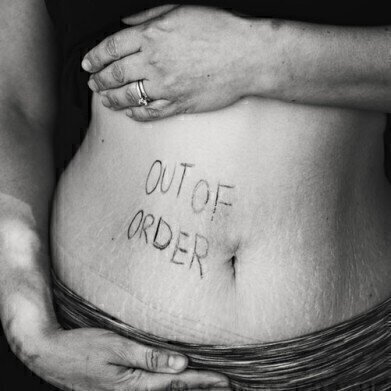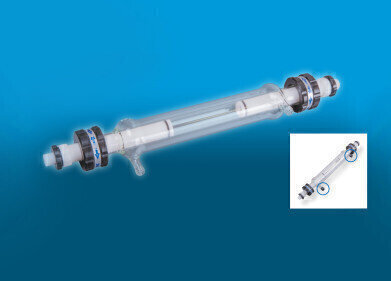LCxLC
Can Chromatography Identify Biomarkers for Crohn's Disease?
Mar 31 2018
A recent paper by researchers at the University of Alberta, Canada, reports on work they have carried out to help reduce the suffering of Crohn’s disease patients. The paper published in the journal Inflammatory Bowel Diseases highlights work carried out to highlight possible biomarkers for Crohn’s disease. What is Crohn’s disease, how will this research help Crohn’s disease sufferers and what role does chromatography play?
Inflammatory bowel disease
Inflammatory bowel disease (IBD) is usually used to describe one of two conditions — either ulcerative colitis or Crohn’s disease. Both are conditions that affect the gut, causing inflammation. But whereas ulcerative colitis only affects the colon or large intestine, Crohn’s disease can affect any part of the digestive system.
Crohn’s disease — cause and cure
Over 115,000 people suffer from Crohn’s disease in the UK. The disease can start at any stage of life, but usually appears between the ages of 15 and 40. As stated, it is a chronic condition, which means that it is ongoing and life-long. Although sufferers may have periods of respite from the symptoms (remission), it will come back and can be more active (relapse).
There has been a significant amount of research into the causes of Crohn’s disease — but doctors are still unsure of the exact causes. However, as technology has improved, and genetic studies have become more prevalent, advances have been made. It is now thought that a combination of factors can play a part in increasing your susceptibility to suffering from Crohn’s disease, including:
- genetic factors,
- a reaction between your immune system and the bacteria in your gut, and
- a trigger reaction to some virus, bacteria or environmental factor like smoking or stress.
However, there is no cure to the disease at present — although drug treatments and surgery can give some relief from the symptoms for some people.
Biomarkers — chromatography helps the search
With no cure, it is important that researchers can find ways to reduce the impact of the disease. One of the ways to tackle the symptoms of Crohn’s disease is to remove part of the gut. Unfortunately, the disease can return after this procedure and this means that patients must undergo invasive techniques such as endoscopy. The team from the University of Alberta were interested in finding if biomarkers could be found in a relapsed patient’s urine — thus potentially removing the need for an invasive technique after surgery.
They used high performance liquid chromatography with mass spectrometry to create a profile of potential biomarkers. The use of chromatography to search for unknowns in samples is discussed in the article, New Investigator Tools for Finding Unique and Common Components in Multiple Samples with Comprehensive Two-Dimensional Chromatography.
The team found that there are differences between the patients in remission and those who have had a relapse in their urinary fingerprints. Although the research is at an early stage, any help towards helping Crohn’s disease patients is welcomed.
Digital Edition
Chromatography Today - Buyers' Guide 2022
October 2023
In This Edition Modern & Practical Applications - Accelerating ADC Development with Mass Spectrometry - Implementing High-Resolution Ion Mobility into Peptide Mapping Workflows Chromatogr...
View all digital editions
Events
ACS National Meeting - Fall 2024
Aug 18 2024 Denver, CO, USA
Sep 04 2024 Chiba, Tokyo, Japan
Sep 04 2024 University of Warwick, Coventry, UK
Sep 10 2024 Rockville, MD, USA
Plastics Recycling World Expo Europe
Sep 11 2024 Brussels, Belgium














